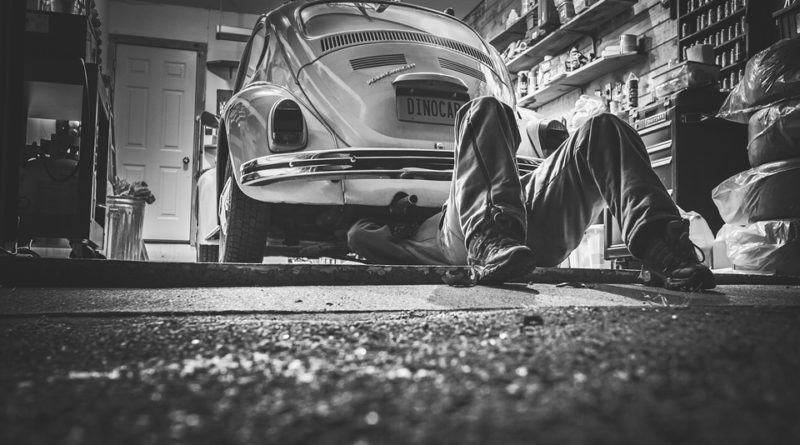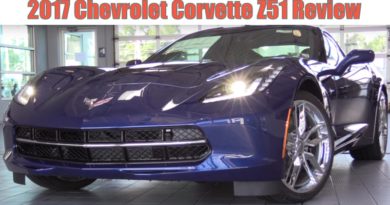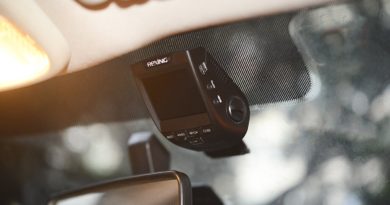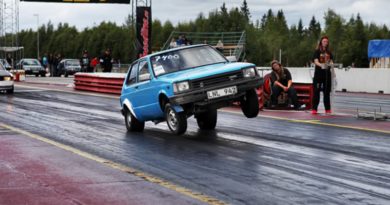10 Things to Consider before Buying a Mechanics Creeper
|
Table of Contents [Hide] |
If you're a mechanic or just someone who likes to tinker on your hot rod then chances are a mechanics creeper would come in handy. Creepers are more comfortable then laying on the ground and will get you around quicker, which in turn makes the job easier. Given all the choices can be overwhelming and here our goal is to help you decide on which type of mechanics creeper is the right one for you. To help with the decision, we've put together a list of the 10 things you should consider before buying a creeper along with a Top 5 Best Sellers list below. Reference the table of contents to your left if you'd like to skip ahead. |
10 Things to Consider
1.Functionality
There are 3 main types of mechanics creepers and choosing the right one for the job will maximize your productivity. The standard creeper is a flat board more or less that is as low to the ground as possible for maximum clearance allowing you to hover around underneath the vehicle you're working on.
The next one is a creeper seat, this is basically a stool on wheels and most of these are designed with built in tool trays. These are particularly great for working on brakes, bumpers, fog lights, etc. There are even convertible 2 in 1 creepers that fold up into seats and back down into flat boards.
The third creeper option is a top-side one which acts as a platform to step on allowing you to work in the engine compartments of trucks and larger vehicles. This is a much better option than crawling up and sitting on a fender to work on the hard to reach places.
2.Surfaces it'll be used on
Some creepers have lower ground clearance and smaller wheels, usually 2" in diameter. While others sit higher off the ground and have bigger wheels, usually up to 5" in diameter. Smaller creepers work better on smoother surfaces such as concrete. While the ones with bigger wheels work better on old cracked concrete, gravel, asphalt and even outdoors in some cases.
3.Different Styles Available
Today's creepers come in a variety of shapes, colors and sizes. You can get them long or short, high or low, with big wheels or small wheels and in black, blue, red, yellow in color. There are many looks to suit any that you like the looks of.
4.Caster Quality
The most likely thing to break on a creeper is the point where the wheel is mounted to the frame, this is called a caster. The better creepers have reinforcement and use larger hardware at the caster mounting points.
5.Frame and Body Quality
Some creepers are made with pressed cardboard or thin wood backings. These are the ones that tend to be cheaper and are prone to breaking or falling apart if they've gotten wet. Also be sure to check for stables and/or screws to make sure they're mounted and seated properly.
6.Creepers with Accessories
Some of the nicer creepers have guards over the wheels to stop your clothing from getting eaten by the wheels. Most have wheel locks and these are especially handy for getting on and off the creeper so it doesn't fly out from under you. Also many have tool trays built in usually on the sides, these are handy for a couple of tools like a hammer, screwdrivers, wrenches and some extra 10mm sockets. We all know you can never have enough of those!
7.How Portable it is
The lighter the creeper the easier to carry it is, of course. But that doesn't always mean it's easy to carry as many creepers are a 1 piece solid surface. If it's something you're expecting to lug around alot or need to store in a tight space, then you can look at getting a foldable creeper that has carrying handles built onto the sides.
8.Length
First you'll want to get a creeper that is long enough to comfortably support your body from your head down to your butt. The average creeper length is 36-40"; If you're a taller person, don't worry because some companies make longer creepers.
9.Height
The Height or ground clearance of the creeper is important too, especially if you plan on using it outdoors. Creepers with bigger diameter wheels tend to have better ground clearance and will work better in outdoor conditions along with gravel and asphalt surfaces. The lower ones have smaller wheels and are really only ideal for in the shop use only with smoother surfaces such as concrete.
10.Weight
Adjustable "full featured" creepers will be considerable heavier than the more basic creepers that consist of just wheels and a board. If the weight factor doesn't bother you then have at it, but if you're looking for something lighter that you can store then you should consider a more basic creeper made of hard plastic. The weight savings won't sacrifice durability though as most of the hard plastic's are extremely tough.
Read this Before you Buy!
If you've read through everything but still want some more information, then check out this more in depth mechanics creeper article from this Mechanics Tool Review website, click here.
Top 5 Mechanics Creepers
|
Image |
Product |
Price |
Rating |
| Pro-Lift C-2036D Grey 36″ Z-Creeper Seat |
$$ |
 (4 / 5) (4 / 5)
|
|
| ATD Tools 81045 Heavy Duty Convertible Creeper |
$$ |
 (4.2 / 5) (4.2 / 5)
|
|
| ATD 81051 Plastic Blow Molded Creeper |
$ |
 (4.4 / 5) (4.4 / 5)
|
|
| Dale Adams Enterprises The Bone 6031 Mechanics Creeper |
$$$ |
 (4.5 / 5) (4.5 / 5)
|
|
| Lisle 97102 Black Plastic Creeper |
$$ |
 (4.8 / 5) (4.8 / 5)
|




